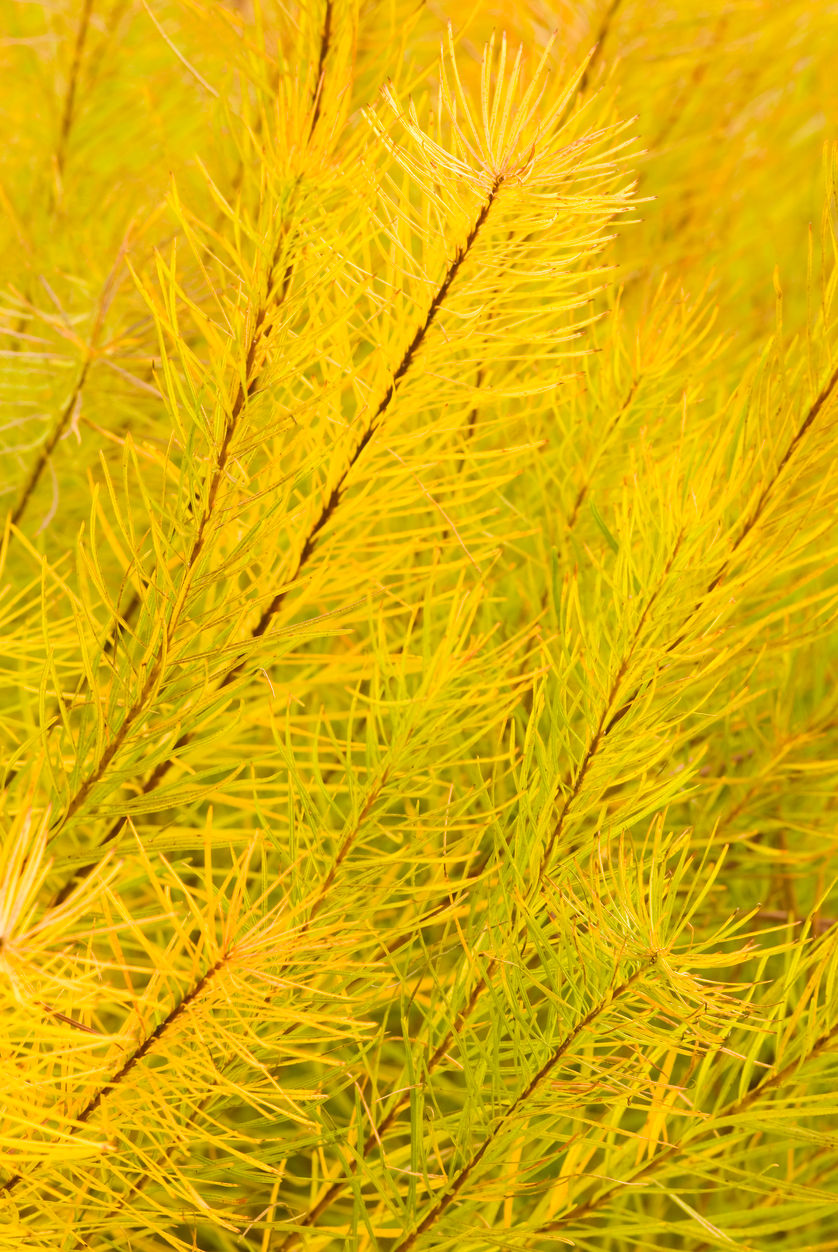The Cultivation, Issue 19
- Kat Cervoni

- Sep 22, 2020
- 3 min read
September 23, 2020
Inspired Ideas for Tending Your Home and Garden

Editor's Note
While I love the distinctive characteristics of all four seasons, fall holds the number one spot in my heart — the crisp air, the bright colors, the smells, and the energy of a new start call to me. In celebration of the equinox this week, I'm focusing on all things autumnal. Whether you're looking for a little plant inspiration or are curious about why leaves change colors, we've got you covered. Enjoy!
Yours,

5 Plants for Dazzling Fall Color
Dogwood (Cornus florida or Cornus kousa)

Dogwoods deliver some of the richest fall color out there, as burgundy red melds with deep bronze and purple. Their berries, which are a great food for birds, add even more depth.
Witchhazel (Hamamelis virginiana)

From golden yellow and juicy orange to carmine red, the American witchhazel shows off all the colors that fall has to offer. Learn more about its autumn-blooming flowers here.
Oakleaf Hydrangea (Hydrangea quercifolia)

The oakleaf hydrangea is another great option for a kaleidoscope of color in just one plant. The coral pinks that blend into yellows and purples are especially stunning.
Staghorn Tiger Eyes (Rhus typhina Tiger Eyes)

For astounding color, nothing beats the sumac family, especially the Staghorn Tiger Eyes. The lacy foliage adds movement and texture reminiscent of an exotic bird's feathers.
Amsonia (Amsonia hubrictii)

Perennials don't often come to mind when we think of fall color, but amsonia brings a lot to the autumn garden with its full and extra fine foliage in bright yellows and oranges. Seeing it sway in the breeze is second-to-none.
Plant Lore: Serviceberry (Amelanchier can.)

The serviceberry, Amelanchier canadensis, beloved for its early spring bloom and its delicious edible red berries in summer, which is why it’s also known as Juneberry, is equally striking in the fall when its foliage produces a show-stopping display of brilliant reds and oranges.
While autumn and spring color is reason enough to adore this slow-growing mid-size tree, generations past appreciated it for another, more macabre, reason: As the story goes, early American settlers – unable to bury their dead during the winter due to the frozen ground – took the blooming of the serviceberry tree as a signal that the ground had thawed enough to dig again, and thus, hold funeral services.

And, as if two common names for this tree isn't confusing enough, Amelanchier is also known as shadbush, or shadberry, due to the fact that its spring blossoms coincided with the running of the shad fish in the Hudson River each spring.
The Science Behind Fall Color

Ever wonder what makes the green leaves of summer turn yellow, orange, and red in the fall?
All leaf colors come from three different pigments: Chlorophyll (green), carotenoid (yellow, orange, brown), and anthocyanin (red). In the growing season, leaves carry carotenoids but their more dominant chlorophyll covers it with green. Anthocyanins, on the other hand, are only present in certain types of plants under specific conditions during autumn.
In the fall, as the days grow shorter, trees and shrubs react by producing less and less chlorophyll in preparation for dormancy. When they finally stop producing chlorophyll altogether, the green fades and the carotenoids and anthocyanins are revealed in the golds, oranges, yellows, and rusty browns of autumn.

As for the bright reds, their vividness is tied more to weather, specifically temperature. The best autumn reds occur when warm, dry sunny days are followed followed by brisk, but not freezing, nights. These temperature swings cause the leaves to produce a lot of sugar during the day. Chilly nighttime temperatures trigger the anthocyanins to carry the sugars out of the leaves and into the rest of the tree for nourishment — that's when you get the brightest reds.

We hope you enjoyed issue 18 of The Cultivation. If there is a garden you love and want to know how it was done, let us know by emailing us here. Want to catch up on previous issues? Click here to read through all of our prior editions. And remember to follow us on Instagram @staghorn_living!
See you next week.




Comments